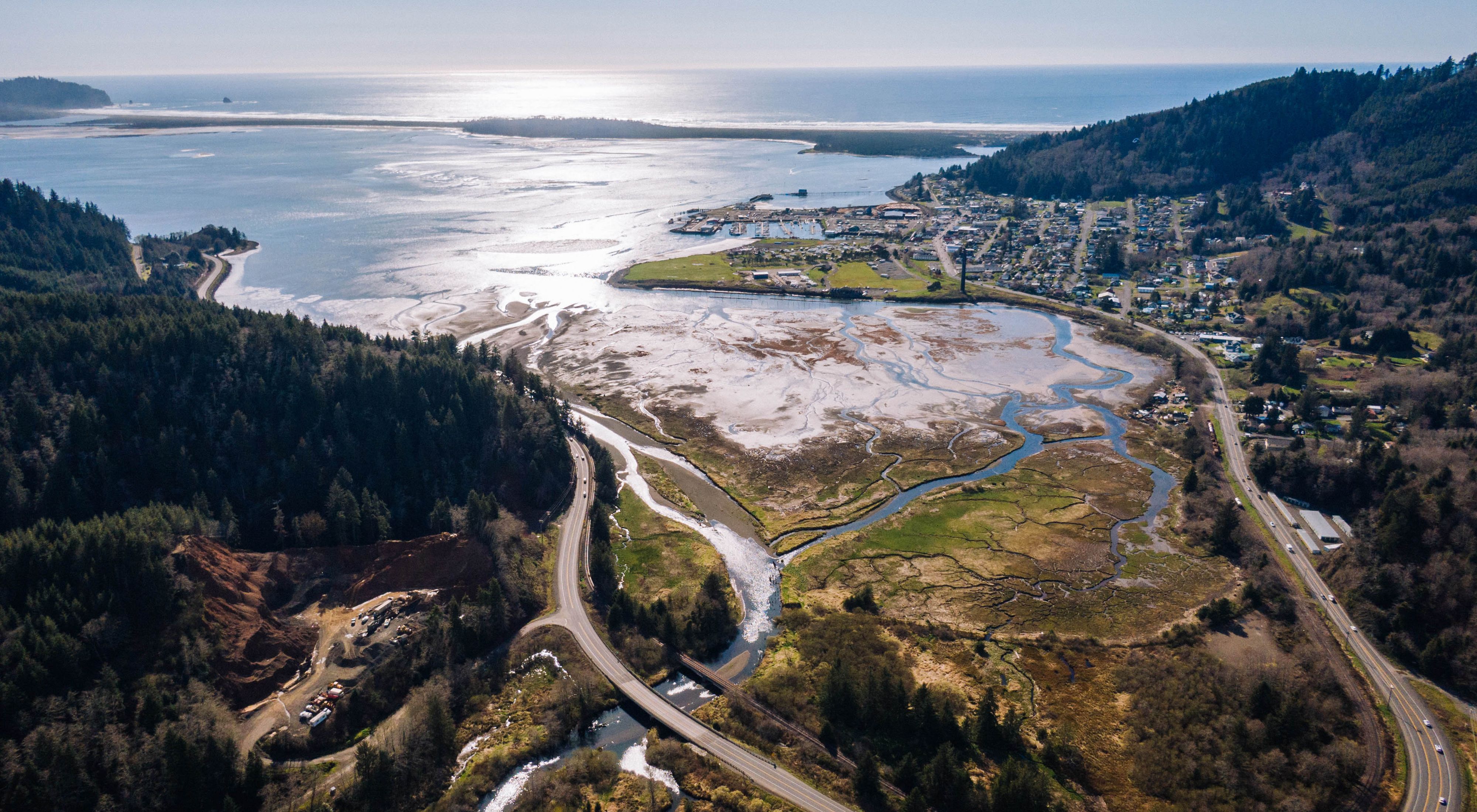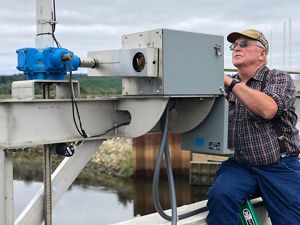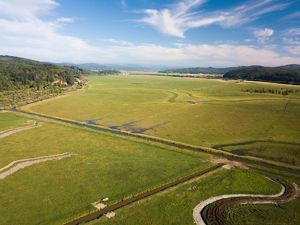Why Estuaries Matter
One of the most productive habitats on Earth lies where the river meets the sea.
It’s hard to overstate the importance of healthy estuaries for life in the Pacific Northwest. Estuaries and tidal wetlands—where rivers and oceans meet—are ecologically critical habitats, sustaining countless species including Pacific salmon, shellfish, crab, migratory birds and people.
Estuaries provide shelter and act as nurseries or hotels for salmon and other fish to rest, feed and reproduce while supporting unique communities of plants and animals specially adapted for life at the margin of the sea. These fish are a critical food source for migrating birds, wildlife and coastal communities, not to mention a bedrock of local economies.
When tidal wetlands disappear due to agriculture or development, the entire ecosystem suffers. Restoring tidal wetlands to improve estuary condition is shown to have tremendous impacts on fish populations, water quality and ultimately, community.
Estuaries Are Critical Habitat for Pacific Salmon
Estuaries play a key role in the life cycle of the Pacific salmon. Hatching upriver, baby salmon swim out into the open ocean where they spend a few years before heading back up the same river they hatched in to spawn. On the way to the sea, baby salmon use wetlands and estuaries as nurseries where they rest and eat and grow big enough to survive. Without this stopover habitat, they reach the ocean too soon and at too small a size, which dramatically reduces their chances of surviving long enough to return.
Along the Oregon Coast and Columbia River, tide gates meant to keep tidal river water off agricultural land are interrupting the life cycle of salmon by blocking baby salmon from the wetlands habitat they need to survive. We’re working to replace or repair these failing tide gates to improve fish passage, bolster populations of salmon and keep Oregon’s estuaries healthy.
There are between 1,000 and 1,500 tide gates in estuaries along the Oregon Coast and in waters off the Columbia River that may be negatively impacting fish passage and juvenile salmon habitat. With your support, we are committed to restoring the estuaries and tidal wetlands that salmon need to thrive.


